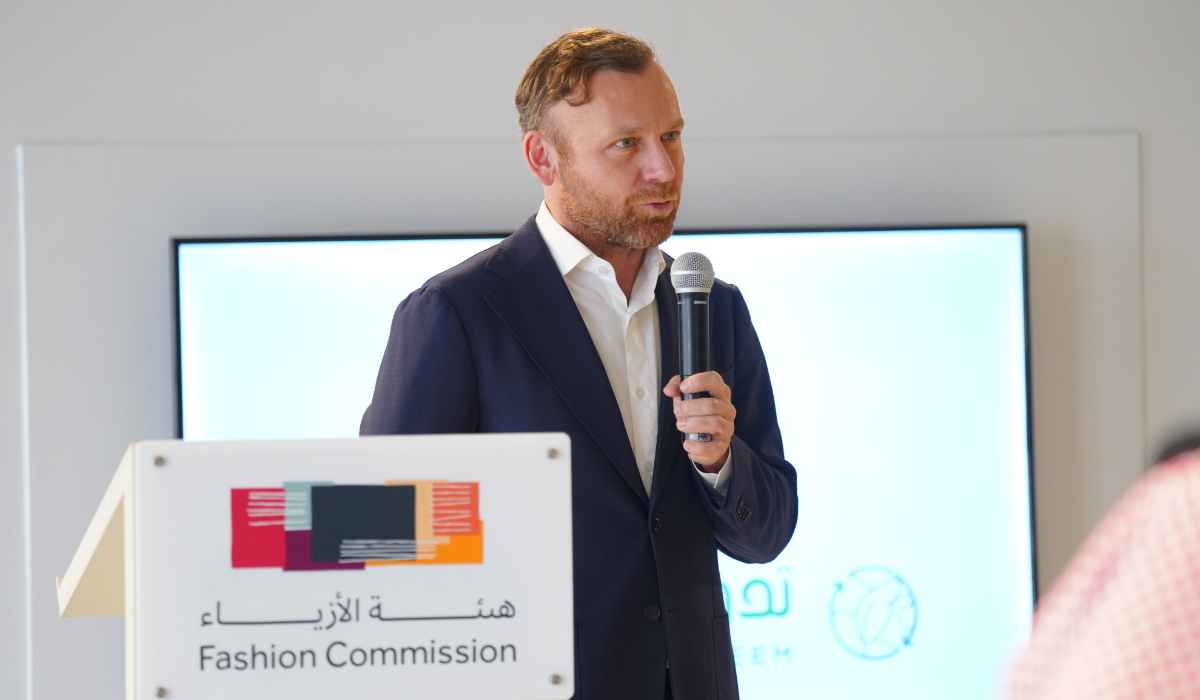DUBAI: Anime has long been a staple of day-time TV and comic books in the Middle East. These days, hand-drawn and computer animation associated with Japan is regarded by many Arabs as a memorable part of their childhood.
Anime series such as “Al Mohakek Konan,” “Grendizer” and “Pokemon” were dubbed into Arabic and played on Arab TV channels from as early as the 1980s.
In November last year, Japanese animation products were given pride of place at the Riyadh Season’s first Anime Expo held in November 2019 in Saudi Arabia.
Considered the largest convention of its kind to be held in the Middle East, the event gave long-time Saudi anime fans a chance to take photos with their favorite characters while indulging in all things Japanese.
The event included everything from anime booths dedicated to each popular show to musical performances and talks by renowned Japanese producers and directors.
The popularity of anime in the kingdom was further reflected in a YouGov poll conducted by Arab News in the Gulf Cooperation Council (GCC), Levant and North Africa regions on how Arabs view Japan.
In the study, which surveyed 3,033 people in 18 Arab countries, 72 percent of Saudi respondents ranked “Captain Majid" as their all-time favorite anime show.
The long-running series known as “Captain Tsubasa" in Japan revolves around an 11-year-old student with a deep passion for football.
Majid follows his dreams all the way to winning the FIFA World Cup in Japan, and takes viewers on a journey of rivalry, friendship and talent.
Next was “Grendizer,” with 42 percent of Saudis ranking it in second place, followed by “Pokemon” (37 percent) in third place.
Created by Japanese mangaka Go Nagai in 1975, “Grendizer" was first shown on the Lebanese channel Tele Liban in the 1980s as one of the few fully dubbed cartoons available at the time.
The series tells the story of a robot equipped with only a flying saucer named Spaizer, who flees the Vegan Empire and enters the solar system, landing in Japan on the slopes of Mount Fuji to fight against the forces of evil and protect planet Earth.
The celebrated anime hero in the Arab region may appear once again in a feature film, as creator Nagai broached the idea of a Grendizer movie during a previous exclusive interview with Arab News.
Among the younger generation of Arab anime fans between the ages of 16-24 years-old, “Dragon Ball” was the commonly watched (59 percent), but with less appeal among older age groups.
According to Maaz Sheikh, CEO and founder of STARZPLAY, the “escapism” element is a big factor in animated media’s strong presence in the Arab world.
“It blends the individuality of established comic book series and animations with the unmatched style originally derived from manga comics in Japan, creating a unique world that allows any fan to escape into that world,” he told Arab News in an interview.
For anime super fan Omar Al-Otaibi, watching shows like “Naruto,” “Bleach” and “FMA” throughout his childhood has left him with many happy memories.
“Anime is a full package including a good story, great character design, amazing voice casting and breathtaking moments that keep everyone waiting for the next week’s episode to be aired,” he said.
Commenting on the number one anime in kingdom, “Captain Majid,” Al-Otaibi noted that the main character, Majid, was named after the Saudi national team’s captain at the time.
The show was aired on MBC in the Japanese language for the first time in December 2019.
“I feel very positive about the future of anime in the Arab world as I see the community growing bigger now than ever,” he said.
With the Saudi government’s focus on entertainment, a significant growth in animation media is expected among newer generations.

































